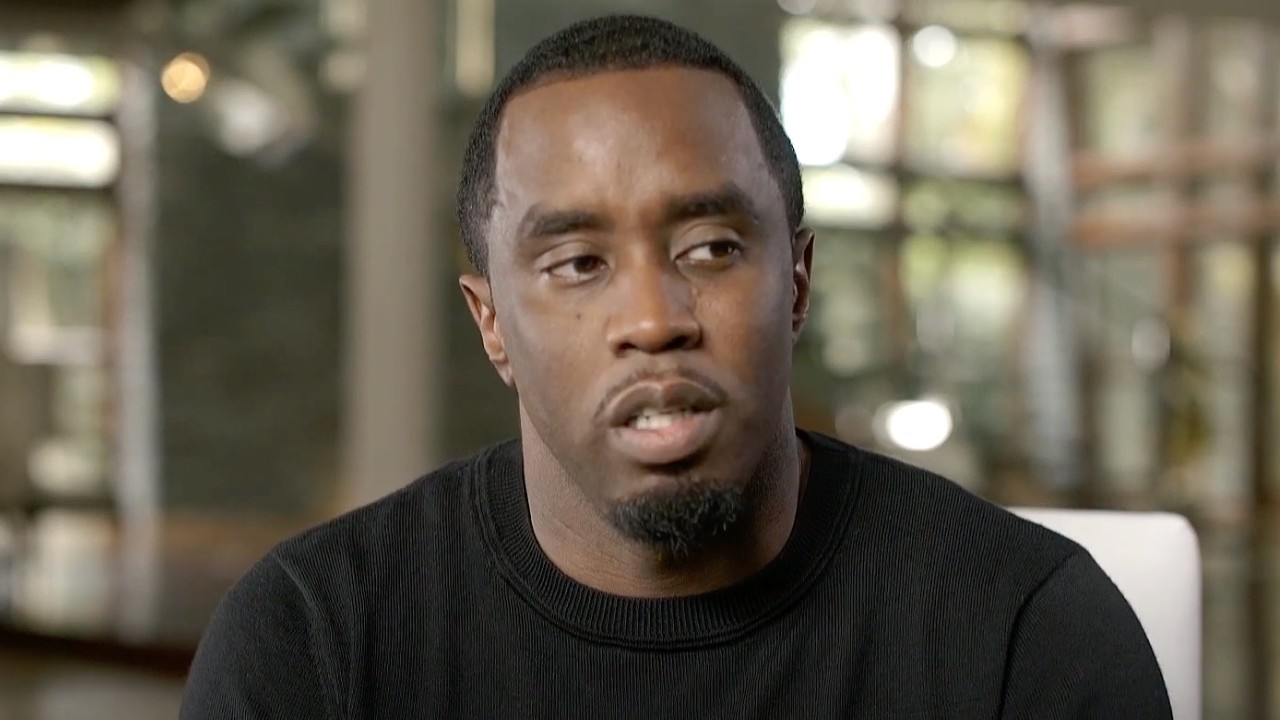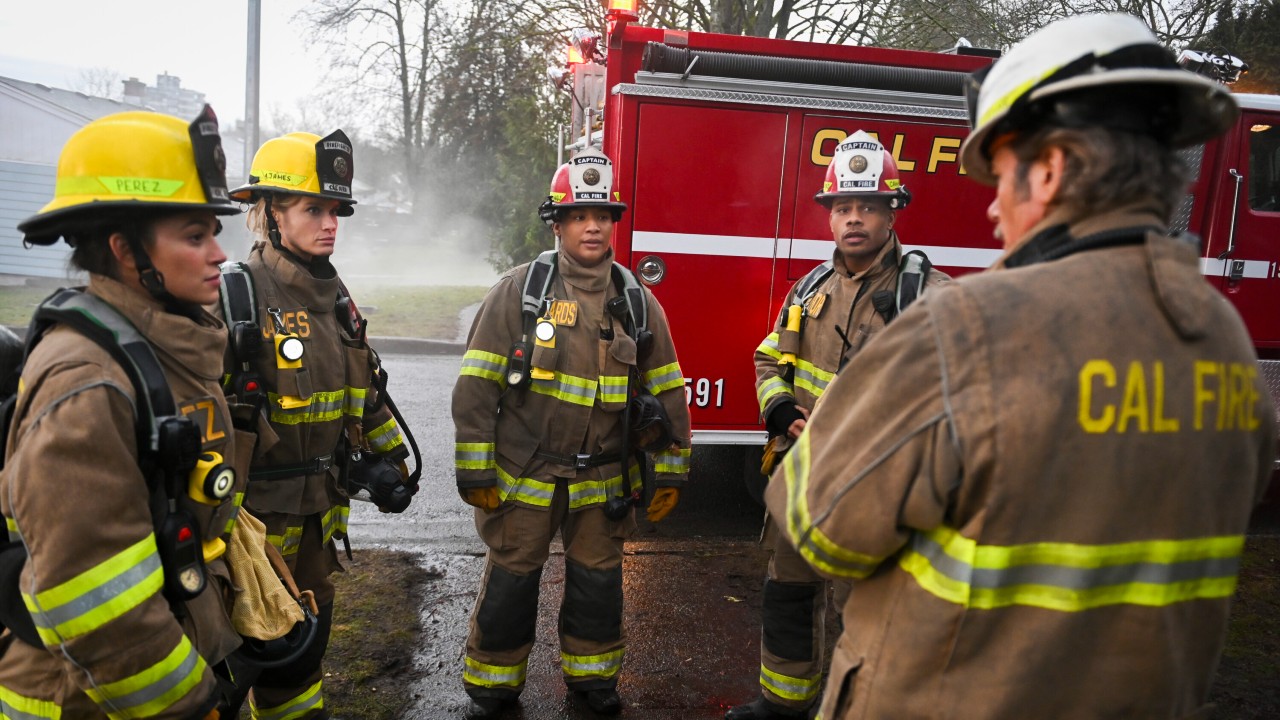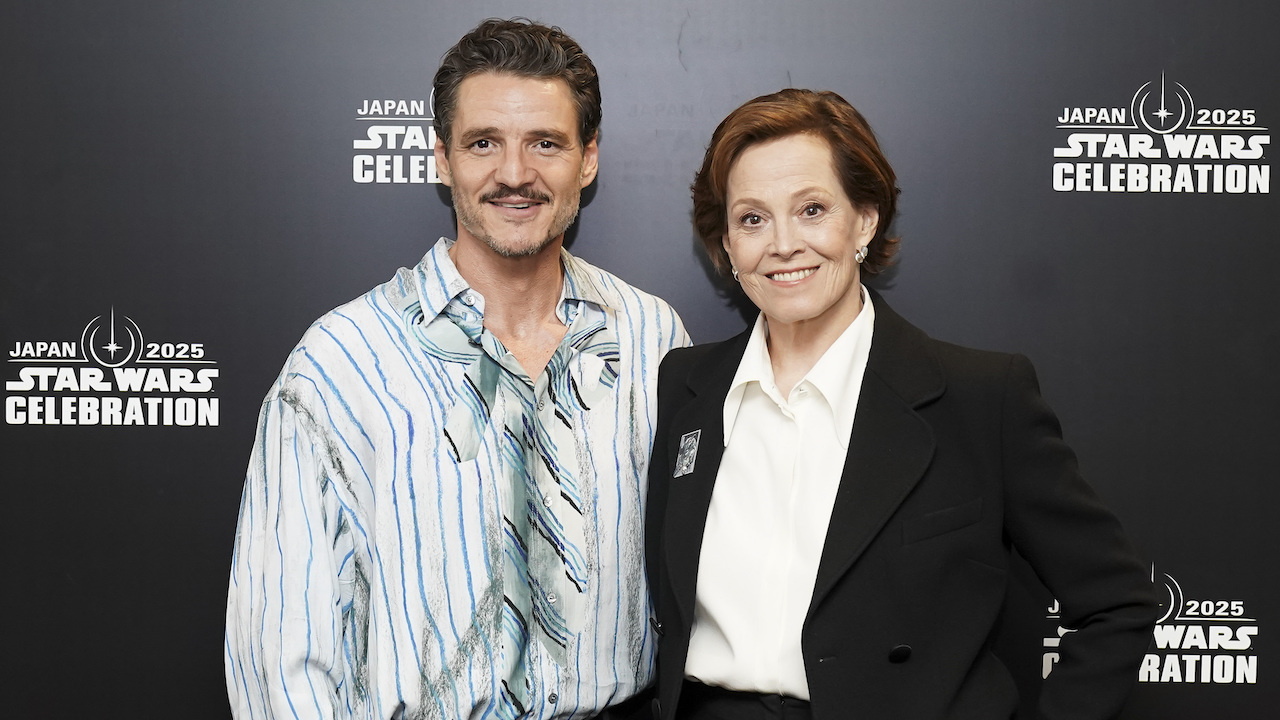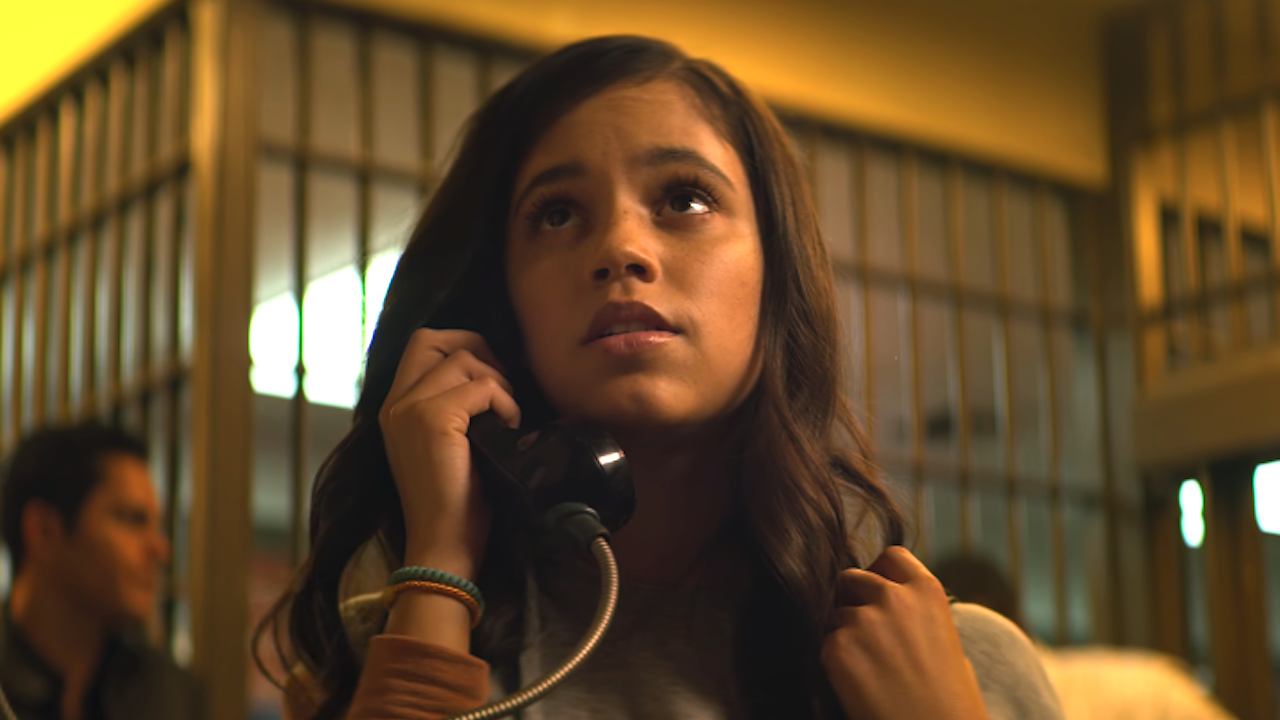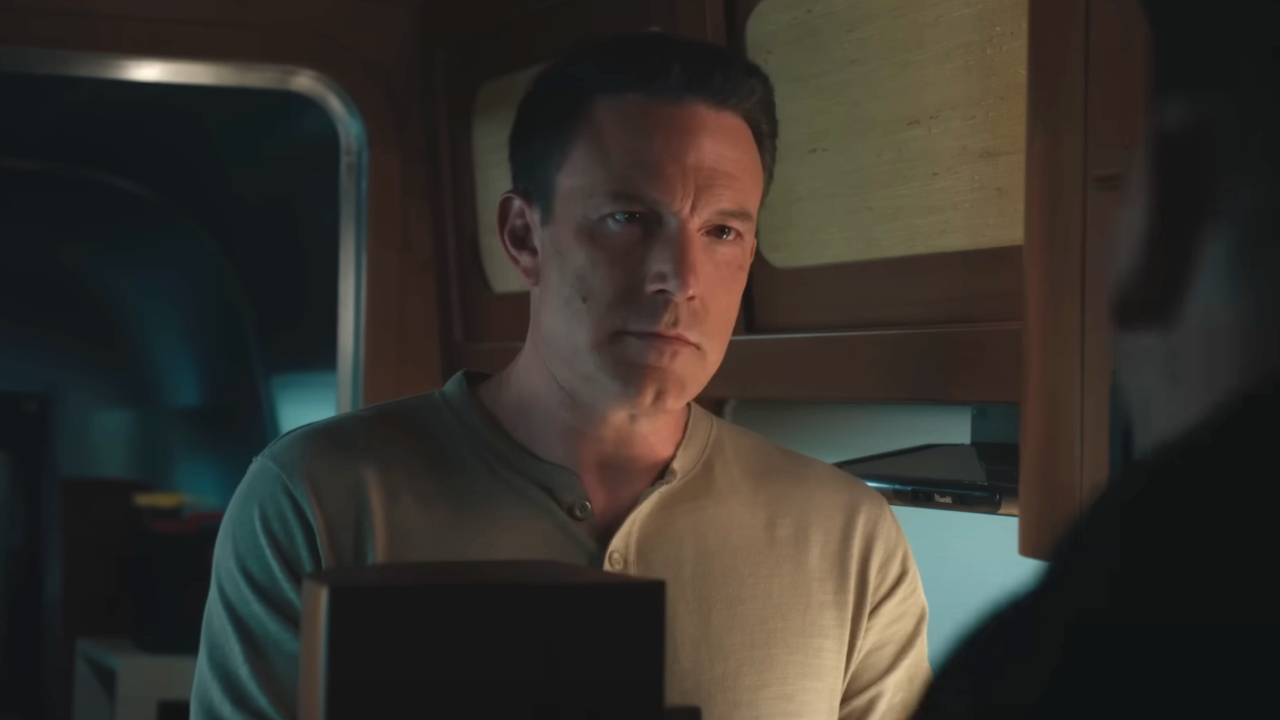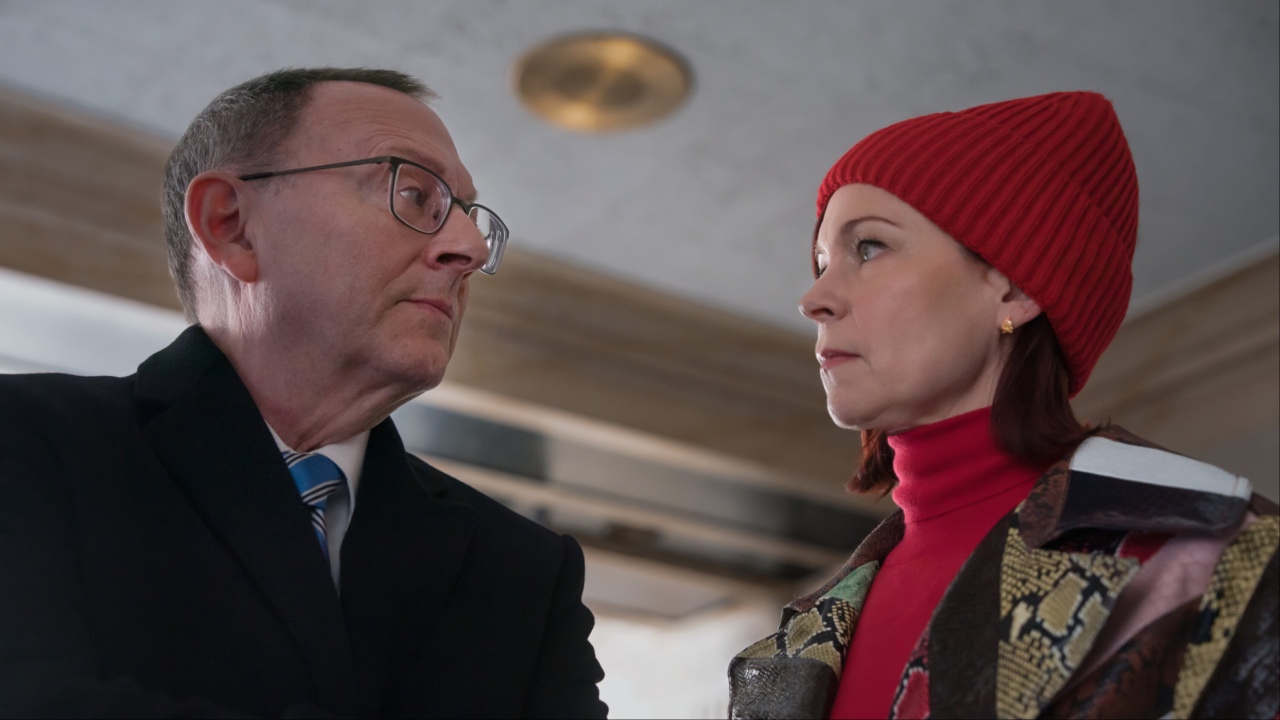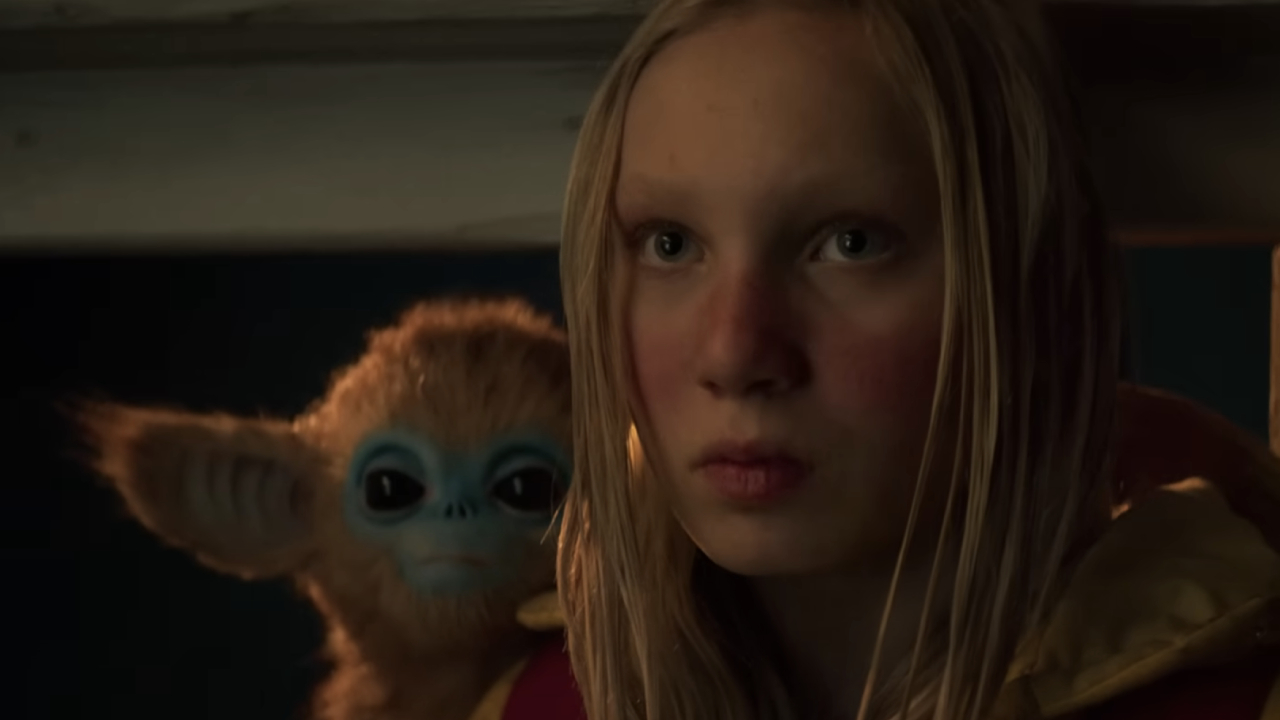How Insidious: Chapter 2 Convinced Me James Wan Is Almost Perfect For Fast And Furious 7
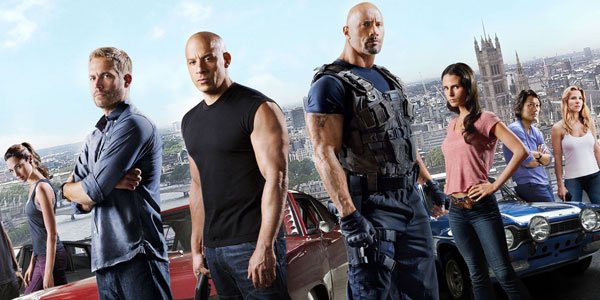
Last April celebrated action director Justin Lin walked away from the 7, leaving a gaping hole in the future of the franchise he had saved from the brink with four fantastic stunt-driven spectacles. At first it seemed impossible to imagine who could bring the kind of fantastical plot twists and mind-blowing action sequences to the series in a way that would—at the very least—live up to Lin’s legacy. And I’ll admit, I was among the crowd of doubters, when horror auteur James Wan landed the coveted directing chair. But having seen Wan’s take on sequels with Insidious: Chapter 2, I understand where Fast and Furious producers are coming from on this one. In his own weird way, he is actually kind of perfect for this gig.
Warning: some minor spoilers for Insidious: Chapter 2 lie ahead.
A major element of Lin’s Fast and Furious movies is their tendency toward retconning, essentially rewriting/reinventing its own established storylines to better please the audience. The biggest examples of this are the clever maneuvers Lin used to bring back dearly departed characters, like Han (Kang Sung) and Letty (Michelle Rodriguez). Sure, we saw Han die in a horrific car crash in Tokyo Drift (A.K.A. Fast & Furious 3). But Linn opted to give the suave and sexy speed racer back to us mourning audience members by making movies four through six prequels to the third movie, meaning Han is alive and free to get fast and furious for three more films. For Letty, who died in 4, Linn revisited a previous death scene in Furious 6 to unveil what really happened.
This kind of looped about storytelling has become one of the thrills Fast and Furious fans have come to expect from the franchise. Frankly it seems like in that sense, Insidious: Chapter 2 is an audition for the Fast & Furious 7 gig. From early on in the thriller’s promotion, Wan was teasing that this wouldn’t be a typical sequel, as it doesn’t just offer a slapped on “and then this happened” tale. Instead, Wan and screenwriter Leigh Whannell wove Chapter 2’s narrative in and around the first film's story. (SPOILER) For instance, while in The Further, Josh is able to travel back into his own past, seeing his childhood traumas and his family's first ghostly encounters from a new perspective. (End of spoiler.) This fleshes out the movie's mythos from multiple directions rather than just adding to its ending. It’s the very kind of maneuver that plays so well in Fast & Furious, which bodes well for Wan.
Another incredibly crucial element of the Fast & Furious franchise is its skill for anticipating what an audience wants, and delivering it the most insane level. Oh you like car chases? How about a car chase with a massive safe being hurled around like a wrecking ball? How about a car chase involving a tank or a jumbo jet on fire? The greatest joys of this franchise are that they are so packed with completely gonzo action that they tell your brain to just shut the hell up and enjoy the ride. But key to their execution is the building of tension, and a sharp skill for directing action.
Of course the action scenes in horror movies are a bit different. Instead of muscle cars tearing down highways at impossible speeds, you have characters tearing around a house ridden with ghosts and lurking dangers. From Saw, The Conjuring or Insidious: Chapter 2, Wan has shown a skill at building hair-raising tension in sequences like this. He has a decent skill for pacing, drawing out moments of terror and then punctuating them with a well-placed scare. But more importantly, he has a keen sense of spatial awareness in his movies that will prove a necessary asset in Fast & The Furious 7.
With so many characters in play in that film series, there are usually at least 3 or more cars the audience needs to keep track of to understand an action setup. In his horror movies, Wan is very mindful to establish the houses that are plagued by poltergeists before all hell breaks lose, so that when audiences need to understand where characters are in relation to the haunted music room or the creepy basement, they do. If an action director doesn’t establish these things, it makes action sequences incoherent and frustrating rather than engaging and fun.
CINEMABLEND NEWSLETTER
Your Daily Blend of Entertainment News
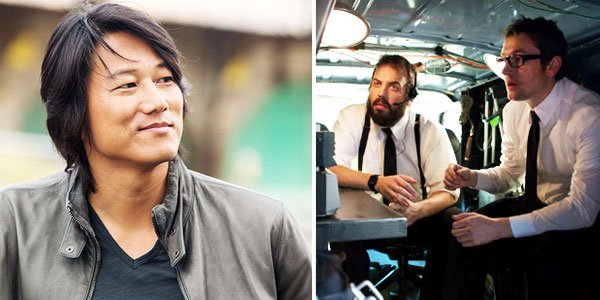
Ultimately, I really only have one reservation when it comes to Wan helming Fast & Furious 7. From his passion for interlocking narratives to his talent for building tension and maintaining a spatial awareness in action setups, he is a solid director on a technical level which makes him perfect for action Plus, the creepy creatures and killers he’s created—from Jigsaw to the veiled woman in Insidious—show he has a clear visual flare. But both of his films this year, The Conjuring and Insidious: Chapter 2 suffer from the same flaw: sentimentalism. Basically, he doesn’t know when to kill his darlings, as writers like to say.
Wan seems to get attached to certain ideas, and can’t part from them even when they hurt his film. For instance, at New York Comic Con last year, Wan made it very clear that his goal for The Conjuring was to stay as close to what the Warren case files said happened as possible. That’s a noble ambition, but a detrimental one when it gets in the way of better storytelling. In my review, I faulted his decisions to include the infamous Annabelle doll and all five of the Perron daughters, since the former has no bearing on the plot and the latter is way more characters than the film has room for.
In Insidious: Chapter 2, which I also liked overall, the return of bumbling ghost hunters Specs and Tucker, played by the movie’s screenwriter and a longtime friend of Wan’s Angus Sampson, is a misstep, as their goofy carryings on get laughs but kill the story’s forward momentum and its electrifying tension. And it’s not like these two were fan favorites, far from it in fact. When word first hit they’d be back for Chapter 2, Wan’s longtime collaborator Whannell confessed to Dread Central:
“It may probably bum a lot of people out…there was this hatred that spewed out from fans saying 'I hated those guys! They sucked! They ruined the movie!' so there will probably be a lot of people out there who will be disappointed to hear that the Specs and Tucker characters will be coming back.”
Sentiment isn’t always bad. You could make a case that Lin was sentimental in bringing Han into the Fast & Furious fold, as he was a character established in an earlier Lin crime-drama Better Luck Tomorrow. But even if it was, that paid off as Lin correctly anticipated moviegoer’s worldwide would dig Han. Considering his decision to bring back two loathed characters to Insidious: Chapter 2, Wan’s sensibilities here are clearly less impressive. Still, I’m hopeful he’ll do right by Fast & Furious 7 for all the reasons listed above. Besides, I’m interested to see how Wan’s filmmaking evolves away from his constant contributor Whannell, and with a big budget, bigger stars, and some serious shoes to fill. If he wants to keep making more than horror, now is the time to learn to kill his darlings.
Staff writer at CinemaBlend.




